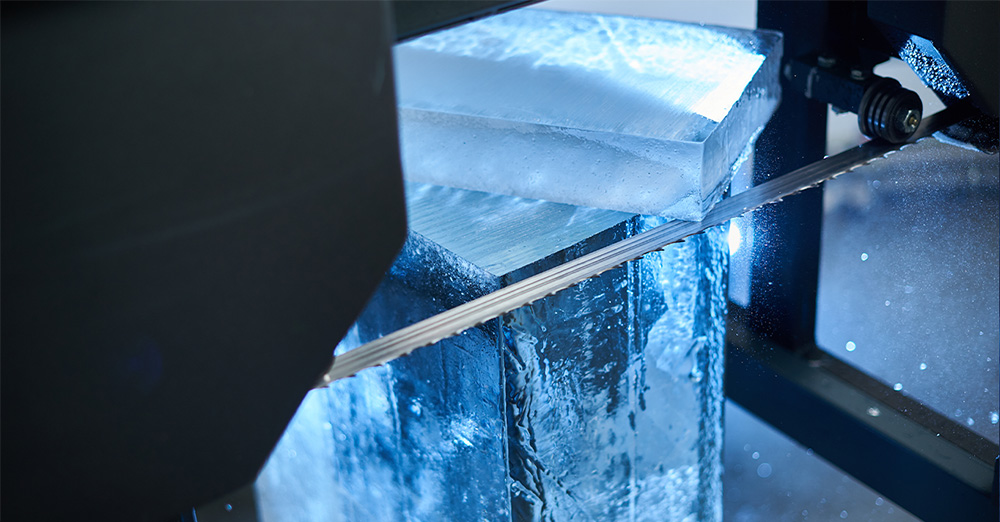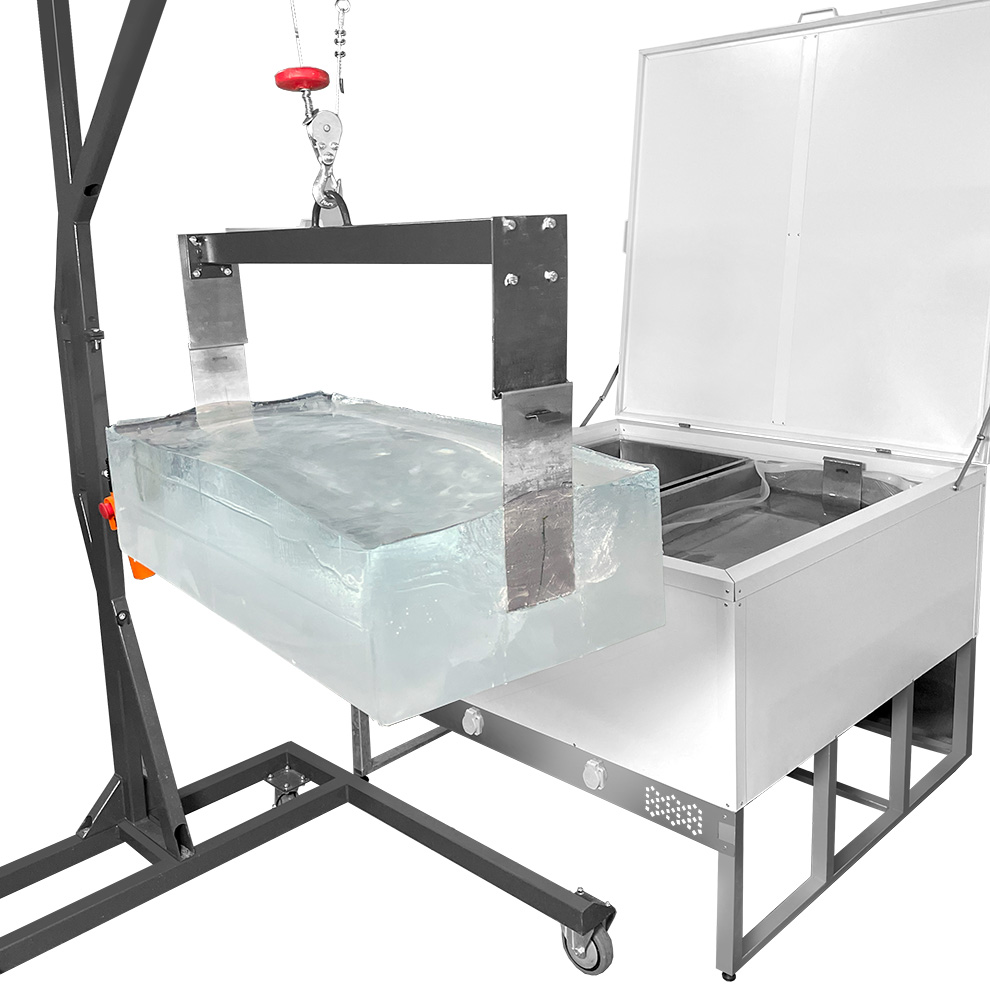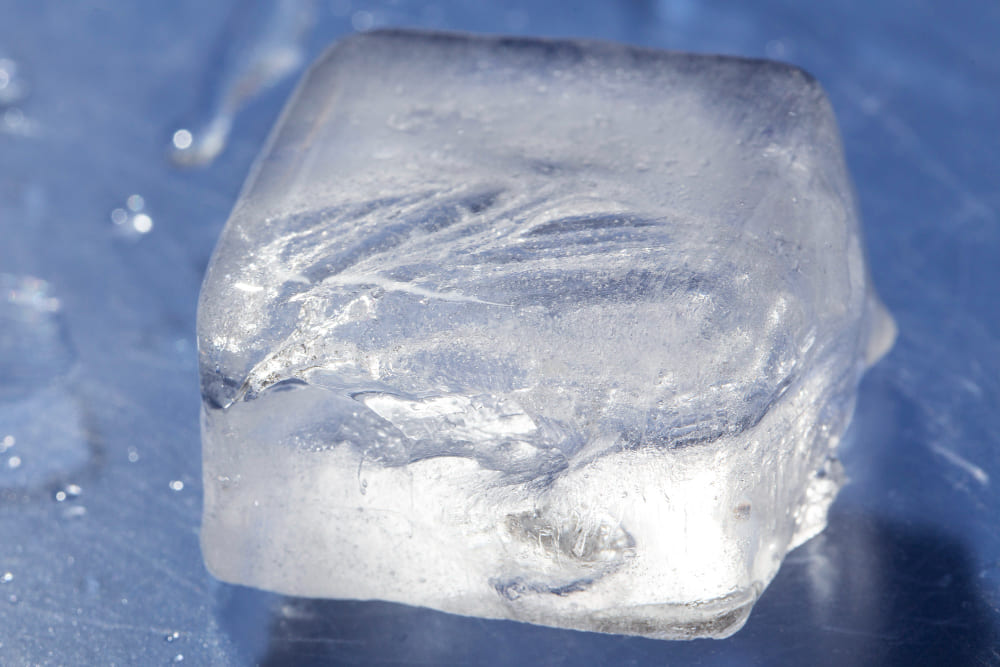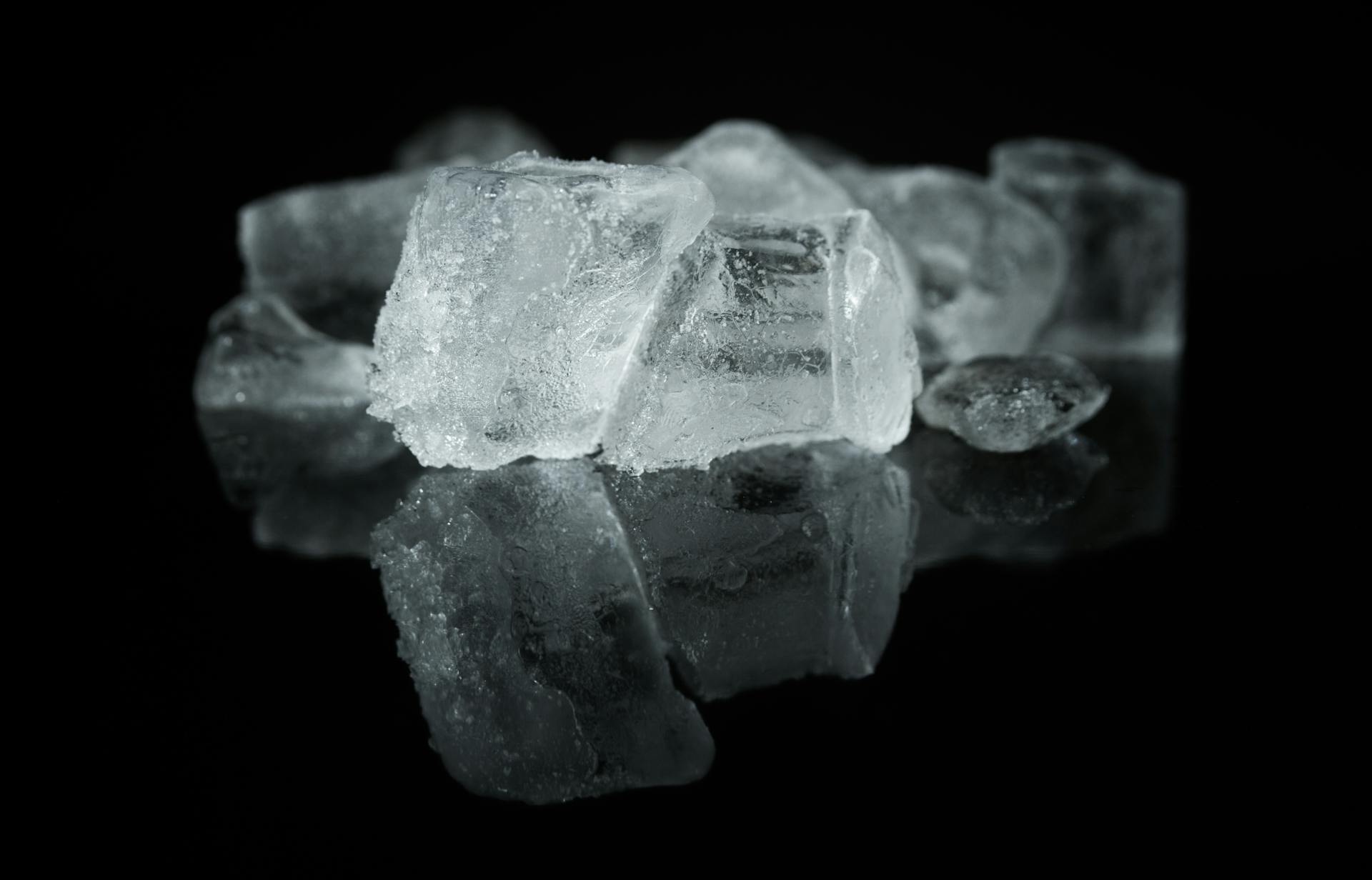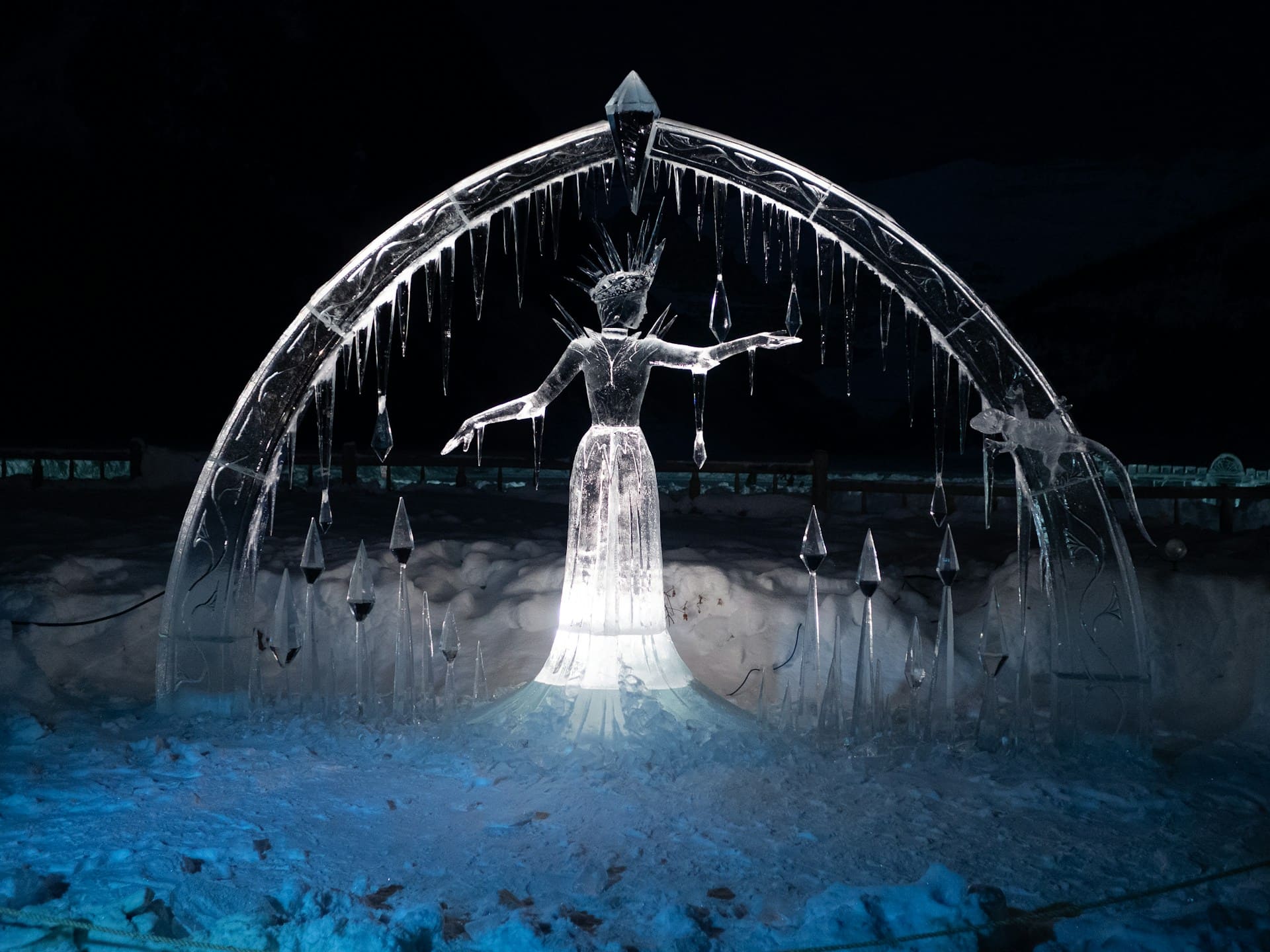Exploring the Ice Cutting History: From Necessity to Tradition
Ice Cutting: A Historical Overview
Ice harvesting is a way of life, full of history, highlighting the resourcefulness of our ancestors in the development of refrigeration systems, which preceded our modern appliances age.
It is one of the most important activities that allowed societies to keep food fresh and beverages icy and gave the background for medical procedures where ice was stored in the ice houses.
This article goes into the ice harvesting history and ice harvesting industry, tracing its journey from being a necessity for survival to a way of life that is celebrated and practiced by people on a competitive basis.
The Importance of Ice Cutting: Comparing Past and Future
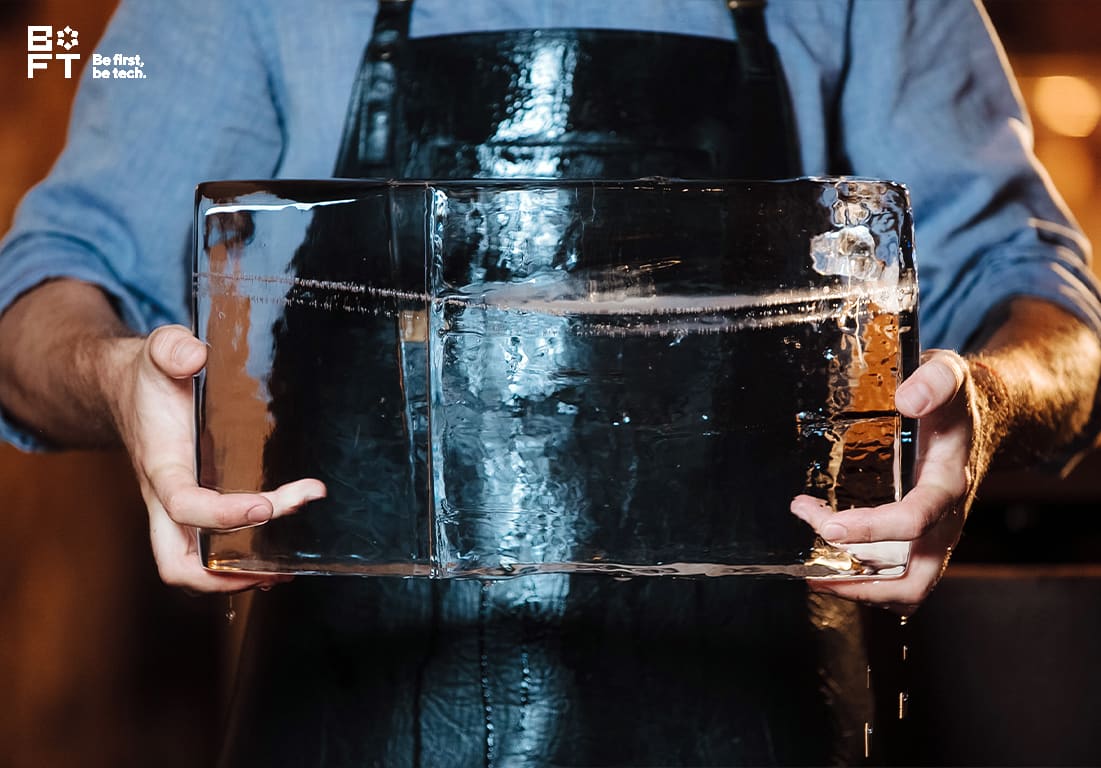

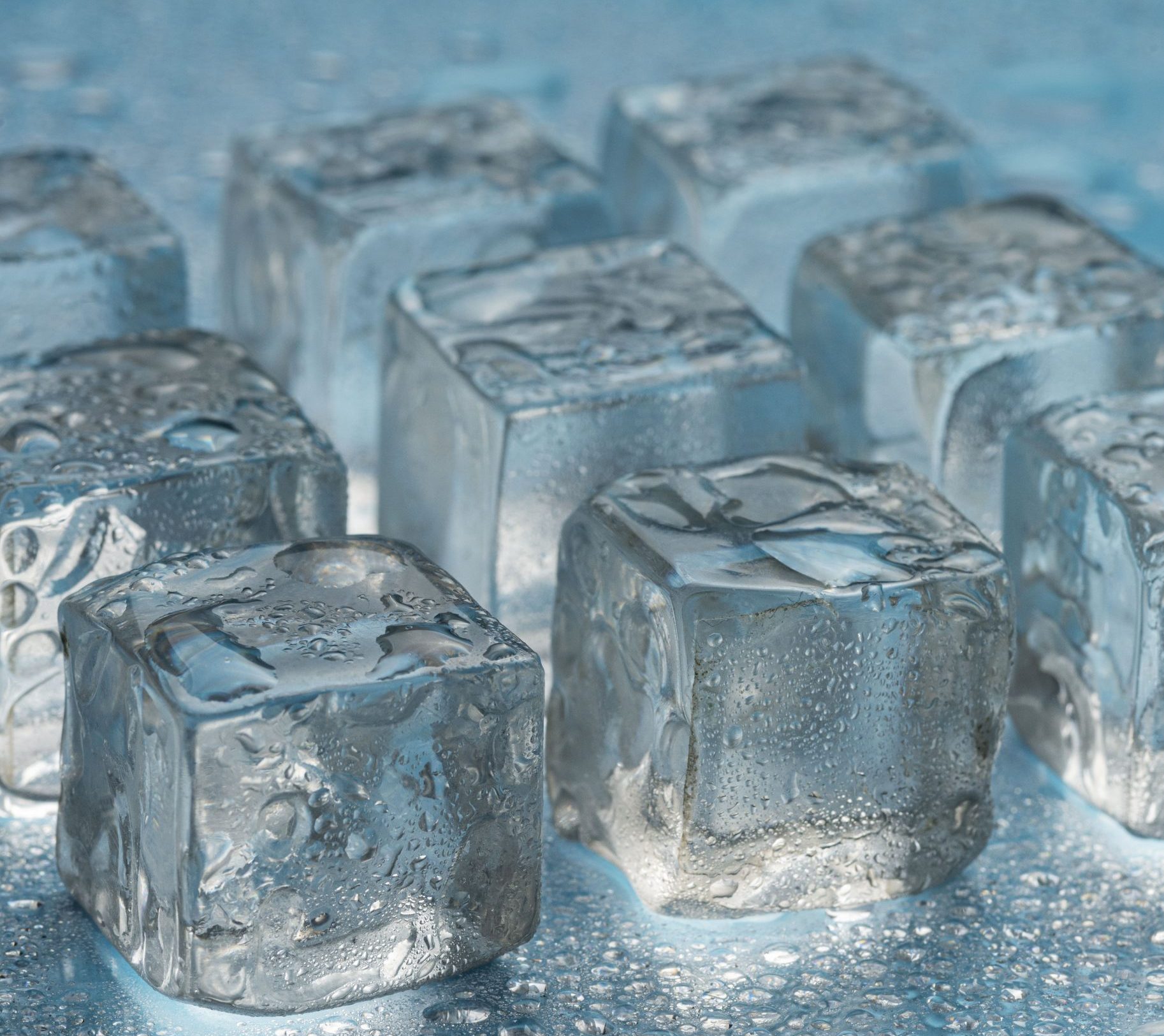
Towards the end of the 19th century and in the early decades of the 20th century it had evolved into an enormous ice industry – a vital component of people’s everyday life.
One of the first devices that were invented which made it possible to widely cut standard and large ice blocks from the frozen lakes and rivers was the ice block cutter. It ignited new interest in pre-refrigerator ice manufacturing and reminded us about the value of naturally sourced ice.
Through searching the function of ice houses one can probably recognize old-time innovations that helped people in preventing melting ice as well as its preservation throughout the year. This gave rise to a variety of ice cutters, each molded for the era’s peculiar requirements.
A Vital Necessity for Preservation
Before the advent of electric refrigeration technology, ice cutting was imperative for food and medication preservation. The storing of ice throughout the whole year was indeed a radical progress, which led to improvement in diet quality and health outcomes.
It was during these times that societies created complex methods of harvesting, cutting, and storing the ice, which was proof of the human adaptive powers in the face of nature’s challenges. At the same, the ice trade time boomed, fueled by the increasing need for ice in a multitude of industries.
Ice Cutting and the Development of Refrigeration
Traditional ice harvesting is replaced by the technological progress in refrigeration, which constitutes a turning point in this process. The gradual progress in refrigeration that reduced the necessity of natural ice took place in the last decades of the 19th century – the first years of the 20th century.
Nevertheless, the original knowledge acquired from ice harvesting plays an immense role in the improvement of thermal insulation and cooling systems even today, while also signifying such a transformational period in food preservation, healthcare, and lifestyle.
Along with technical advancements, the culture of ice cutting is staying with us even now, and this legacy teaches us about times when we needed to employ tools and other types of technologies to extract natural resources.
Challenges and Adventures of Cutting Ice
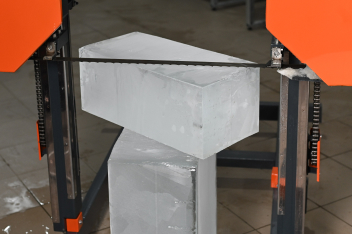

Getting ice was not an easy task, but it provided an opportunity for both adventures and the creation of bonds in the community. It was not only about physical labor because it required high-accuracy timing, exact planning, and an ability to understand the natural landscape.
Safety and Skill
The biggest difficulty was in maneuvering the ice-covered areas. It involved knowing ice strength and the ability to handle ice processes as well as employing the right ice cutting tools. This skill was of great importance for ensuring safety and efficiency.
Environmental Conditions
The ice harvesting business was wholly dependent on the weather, and having optimal weather was crucial for a successful harvest. Hence, climate variation was a major hazard to the fulfillment of the crops timely.
Community Effort
Harvesting blocks of ice paved the way for a particular kind of community, one that relied on teamwork with a common purpose. The whole community spirit was reflected in the festivals and competitions that popularized the craftsmanship and effort put into ice cutting.
Pursuit of Innovation
The adventurous spirit of ice harvesting brought new technologies and methodologies, such as ice-cutting saws and state-of-the-art ice storage, and contributed to the welfare of the public.
Ice Cutting Traditions Around the World
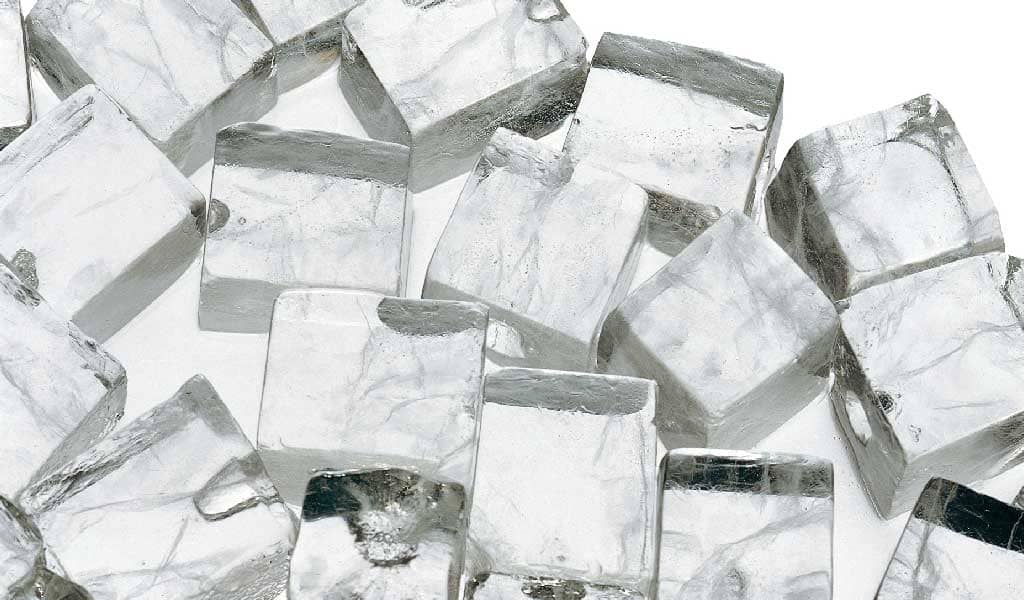

From a bare necessity to a full-blown cultural tradition, ice-cutting methods are different regionally. They reflect the specific environmental, social, and technological context of each region.
North America
In North America, particularly in its Eastern parts, such as the northern states and Canada, ice cut was a key operation that took up most of the wintertime. It was when the entire community joined for ice harvesting festivals.
People would gather in various frozen lakes and rivers with large saws, a horse-drawn plow, and cutters used in ice to produce tons of ice.
Ice from lakes then would be stored in ice houses that are insulated by sawdust, and hence, would last until the summer season. Today, every winter, there is a festival that shows ways in which the ice was gathered, which teaches people that even if it is hard, the whole town is able to do it together.
Scandinavia
In the Scandinavian countries, the long, harsh winters made ice cutting a practical skill, deeply embedded in the culture, and featured in historical demonstrations and educational programs.
A particular craft is considered to be an integral part of their cultural background and is often transmitted from one generation to another. Today people hold exhibitions and educational programs that are always organized to show the significance of ice for everyday life and survival requirements.
Japan
The Japanese ice-cutting ritual is cultivated around the religious value of using ice from the sacred lakes in religious ceremonies, which represent purity, and co-existence with nature. The dedication and attention to the ice, as they encompass the harmonious connection with nature, are the manifestation of the core cultural principles.
Ice Cutting History: Techniques and Innovations
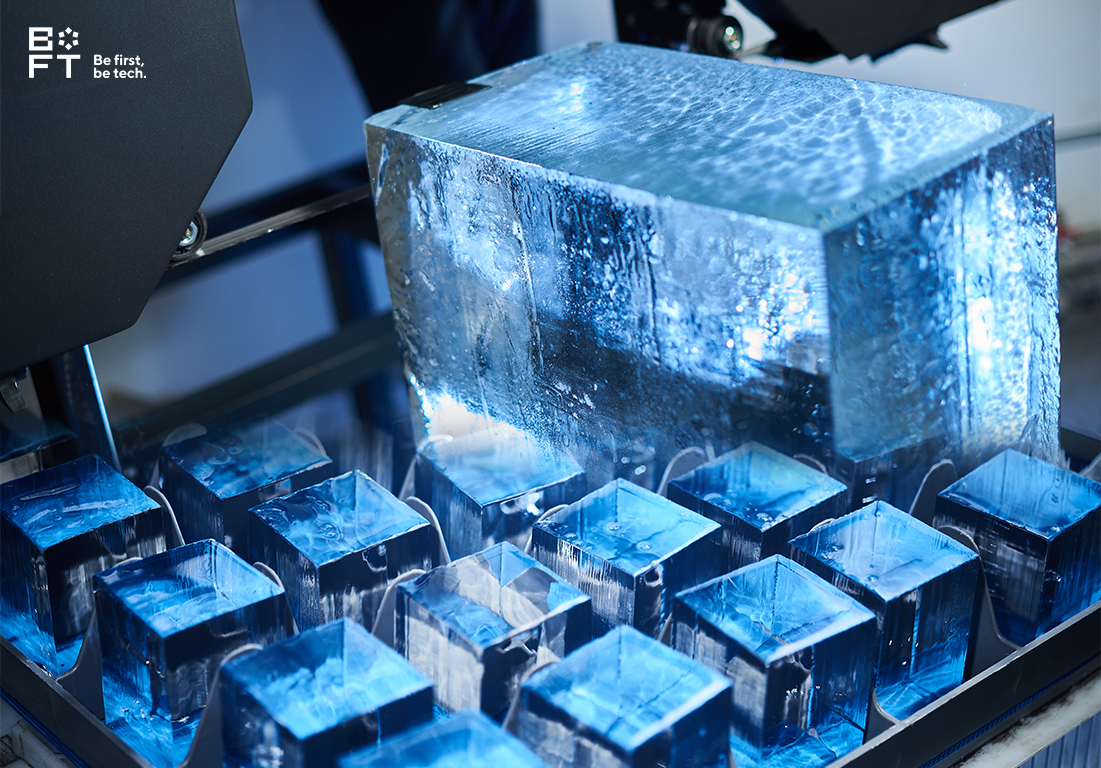
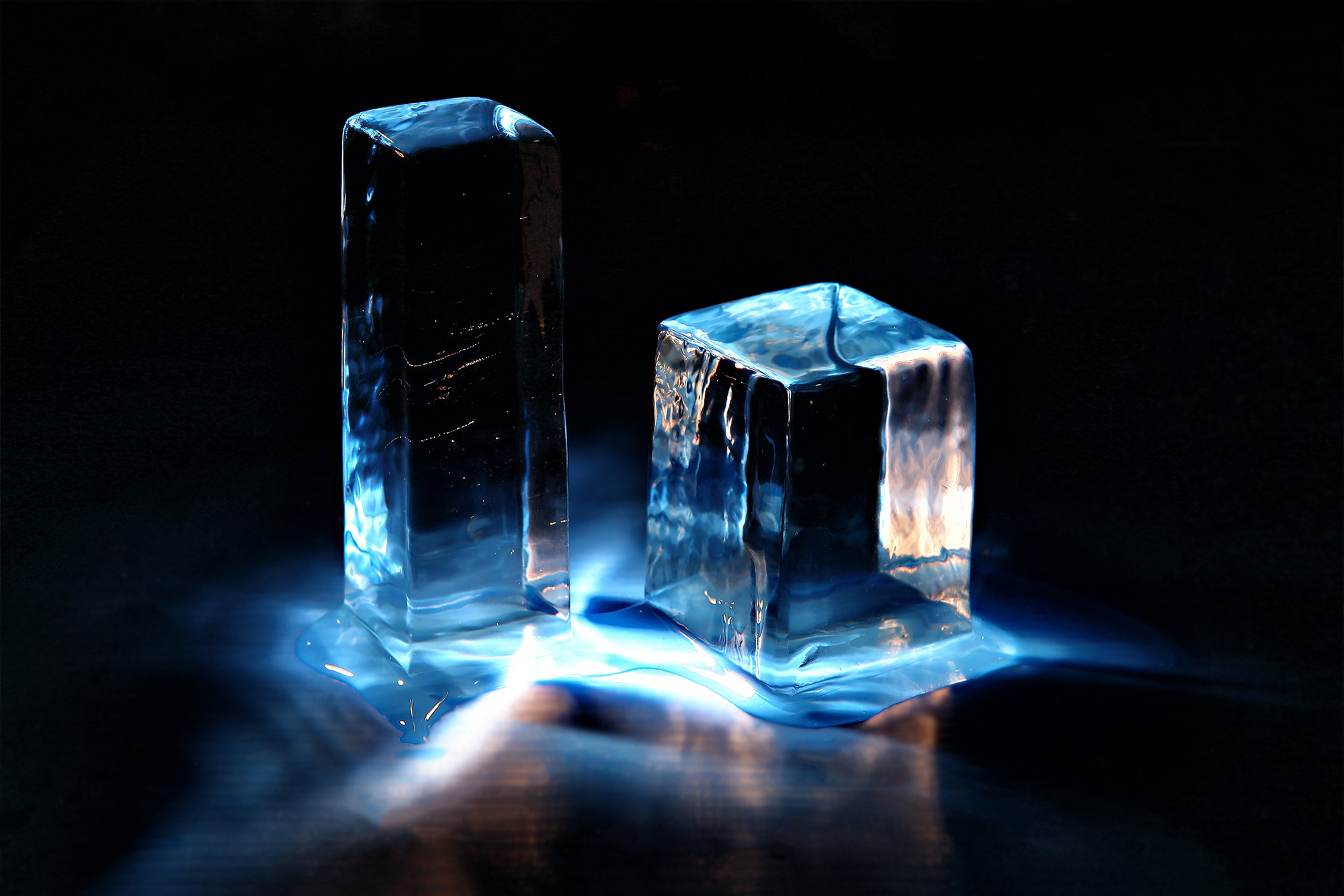
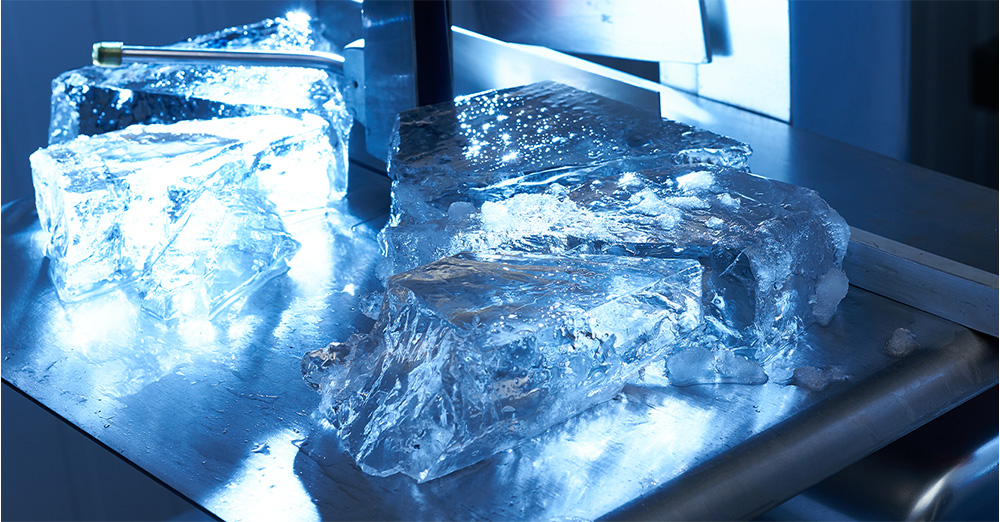
The ice-cutting story shows the creativity level of human beings and the diversity of ice-cutting methods and tools, which have been shaped by generations in order to implement various technologies that reflect the evolution of society.
Ice Cutting Methods Through the Ages
At first, ice harvesting was simplistic and only required crude tools, such as chisels and hand saws. It was a hard job using these initial methods as they required you to be an expert on the way ice behaves and how it cools. Communities perfected the art of scraping grids into the ice and then deliberately breaking off big chunks with the use of basic hand tools.
With the advent of the ice trade in the 19th century, the demand for ice rose, instigating the creation of more sophisticated cut techniques. The horse-drawn ice plow, in particular, was one of the biggest game-changers as it greatly speeded up the process of creating ice blocks with consistent shape and size. This development allowed for the production of ice on a large scale, which was needed to serve the growing urban areas.
Tools and Equipment Used in Traditional Ice Harvesting
Harvesting methods developed over time, in tandem with the tools. The ice cutting saw C70, for example, represents technological progress and thus provides better accuracy and functionality for slicing through ice blocks. Other essential devices such as pikes, and ice block cutters were also invented which played a key role in cutting and fishing the huge ice blocks from deep water.
How did ice houses work? An ice house was a place that stored ice to prevent it from melting. The idea was to build buildings that could be insulated with straw or sawdust, thus making it possible for them to remain well-cooled throughout various climates. Realizing the principle of ice houses is a crucial aspect in understanding how clever the individuals of the past were in the process of keeping this extremely valuable asset.
Evolution of Ice Cutting Technology
The switch from the hand-powered to the machine-operated ice cut was a landmark in the history of ice harvesting. The use of electricity-powered ice saws and similar equipment gradually reduced the need for physical labor, thus contributing to an improvement in both safety and efficiency. This transition was not just a technological advancement but also a cultural one, which affected people’s relationships and use of natural ice.
In cutting ice today, we maintain the principles of old harvesters but stress accurate and environmentally conscious methods. The current innovations go towards the reduction of environmental impact in conjunction with improving efficiency, which represents a societal trend towards more sustainable resource management.
The Future of Ice Cutting
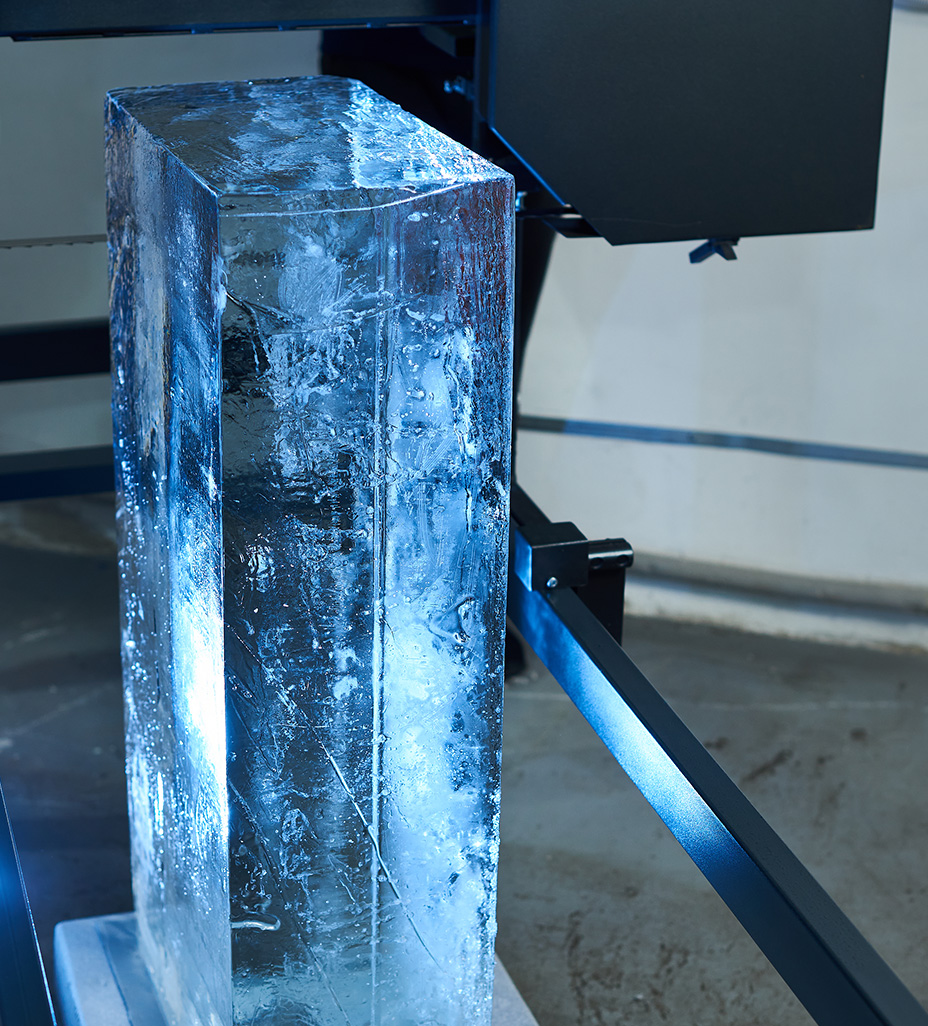

As the ice cut season matures, however, we see it as the amalgamation of tradition and modernism. This field has roots in both the past and modern age, integrating historical values while incorporating the latest technologies and practices to meet the current needs and environmental problems.
Modern Applications of Ice Cutting Techniques
Why do people harvest ice now? Today, ice cutting has a wider scope of application for not only practical but also aesthetic purposes. Ranging from the craft of culinary arts to making ice sculptures to building ice hotels and organizing winter festivals, it is a clear demonstration that the way of ice cut has been performed successfully till now.
Innovations in Sustainable Ice Harvesting
Sustainability is the goal of new methods of ice harvesting, which are aimed at reducing its ecological footprint. Take, for example, the ice-saws like these are now powered by renewable sources of energy eliminating carbon footprints that they would have generated to cut ice compared with the traditional method.
Innovations in insulation technologies and methods that improve ice storage effectiveness, apart from saving water and eliminating continuous ice production, ensure that the ice reserve remains preserved.
Preserving Ice Cutting Traditions for Future Generations
Over time, more attention is taken to preserving the ice cutting tradition for future generations. By conducting educational programs and festivals, the visibility and techniques of ice harvest are highlighted as well, evidencing its relevance in understanding natural resource conservation and sustainability endeavors.
Through preserving past customs and embracing new developments, ice cutting remains a vibrant and relevant part of cultural heritage.
FAQs
How did ancient civilizations harvest ice without modern technology?
How did they make ice before refrigeration? In ancient times, civilizations were forced to have a unique way of creating and keeping ice without using modern tools, and mostly accumulating the ice from winter times. They harvested ice blocks from frozen rivers and lakes using rudimentary hand tools and then transported the blocks to icehouses or subterranean pits. These pits were also well insulated using straw or sawdust to a big extent in order to control the ice from melting.
What role did ice cutting play in the development of refrigeration?
The cutting of ice was the key element in the development of refrigerator technology. It brought out how complicated and unachievable the goal of preserving perishable items was, by also portraying the primitive cooling techniques. Rising need of ice led to the development of mechanical refrigeration systems, which in turn gave way to contemporary refrigeration.
How do modern ice cutting techniques differ from traditional methods?
Modern ice cutting approaches include electric ice saws which give much more accuracy and uniformity to the cut and reduce human effort significantly. These contemporary practices concentrate on environmental sustainability, which is intended to reduce their ecological footprint.
How did they make ice in the 1800s?
During the 1800s harvesting ice was mainly done from the natural environments such as lakes and rivers in the coldest seasons. The laborers retrieved ice from frozen water bodies and kept them in icehouses, thus ensuring its availability all year round.
How much did a block of ice cost in 1950?
In 1950 the price of an ice block was regionally determined and varied with dimensions but was normally still affordable. Affordability revealed the life-saving nature of ice since the advent of domestic refrigeration units was a later development.
How was ice made before electricity?
Before the electric age, ice was naturally taken during winter and was stored in specially designed structures named ice houses which were insulated to maintain the ice for prolonged periods. In places without natural ice, early humans employed evaporative cooling methods to attain some kind of cooling.
